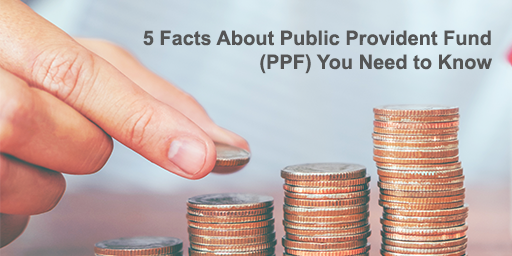What is Public Provident Fund (PPF)?
The Public Provident Fund (PPF) is a savings-cum-tax-saving instrument in India, established in 1968 by the National Savings Institute of the Ministry of Finance. The scheme’s principal goal is to mobilize small savings by delivering a decent return on investment paired with income tax benefits. The balance in the PPF account is completely excluded from wealth tax, is not susceptible to seizure under any court order or judgement under the Government Savings Banks Act of 1873 and the Central Government completely guarantees the plan. Income Tax and other government agencies, on the other hand, have the authority to attach the account in order to recoup unpaid taxes.
The Public Provident Fund (PPF) has been the trustworthy warhorse for almost every middle-class Indian. This has been the case for decades, with even younger generations unable to resist the PPF’s allure. PPF continues to attract crores from risk-averse investors due to its set and guaranteed return, government safety, and relative ease of use. But even though we all know the essentials, there are some intriguing tidbits regarding this leading investing options that many of us are unaware of. Let us take a look:
- Parents Can Open a PPF Account for a Minor Child
Only parents can open an account on behalf of a minor kid. If both parents are deceased or a living parent is unable of functioning, a person authorized by law may create an account on behalf of a minor. As a result, even grandparents are not permitted to register a PPF account on behalf of a young grandson/granddaughter if the minor child’s parents are still living.
- PPF Account Cannot Be Attached
Nobody can take the money in your PPF account away from you. Yes, a person or company cannot attach a PPF account to pay off any obligation or liability. This is the top standard for asset safety. Remember that if we take out a mortgage, our homes might be taken away if we fail to pay the EMIs. However, in the case of PPF funds, even a court order or decision cannot compel a person to pay off her/his obligations with money from her/his PPF account. This is excellent coverage for millions of PPF account holders. However, the Income Tax Department has the ability to attach and reclaim an account holder’s dues.
- Multiple Nomination of Nominees
If you choose, you can add one or more nominees to your PPF account. If the nominee is more than one person, the PPF account holder must provide the proportion of the share. However, nomination is not permitted for accounts registered on behalf of children. You can amend or delete your nomination at any time throughout the PPF account term, however you cannot add a trust to your PPF account. Also, just because you are the nominee does not imply you will be able to continue using the account. All the nominee receives is the right of ownership in the form of the permission to collect the money upon the death of the nominee.
- Lock-in Period of PPF Account
It is a frequent misconception that PPF has a lock-in term of 15 years and is computed from the day the account is opened. It is, in fact, slightly different. According to the PPF plan guidelines, the maturity date is calculated from the end of the fiscal year in which the deposit was made. As a result, it makes no difference what month or day the account was established. If you made your first contribution on June 1, 2018, the lock-in period of 15 years will begin on March 31, 2019, and the year of maturity will be April 1, 2034. Remember this if you are relying on the maturity amount of your PPF account for an essential time-sensitive financial transaction.
- Regular Money Depositing is Necessary
Some investors frequently forget about their PPF account. Failure to make a minimum deposit may result in discontinuation of the account. If your PPF account is closed, you will still receive the principal and interest, but only at maturity. On the sum accessible for each year, such a terminated account will collect interest every year until maturity is achieved. On such a discontinued account, no withdrawal or loan facility is available. If you wish to use the loan or withdrawal facility, you must keep the account open by paying the required penalty and the minimum subscription for the stopped time. These regulations state that you should do all in your ability to keep your PPF account from becoming inactive. Make a note of the account and invest in it.

